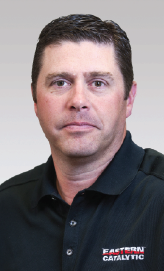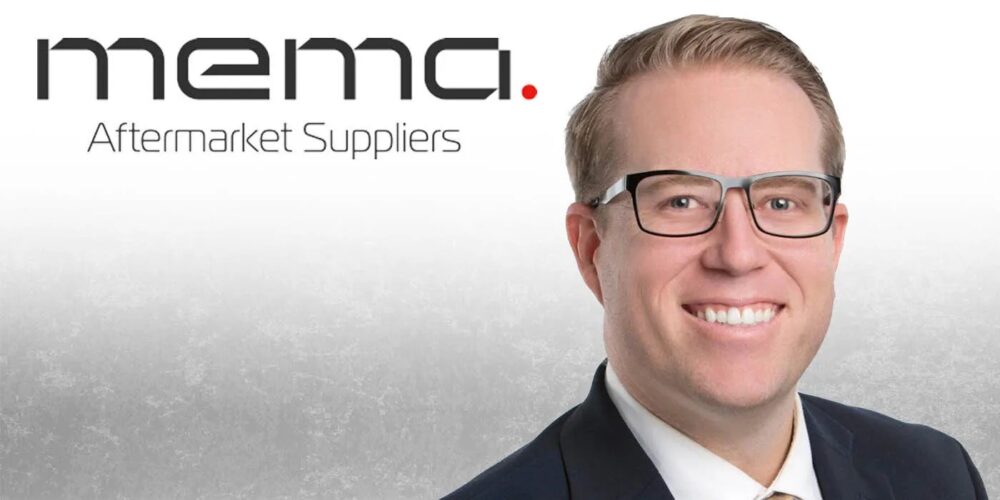 What does the New York mandate for catalytic converters mean?
What does the New York mandate for catalytic converters mean?
The change in the aftermarket emission laws for New York will ultimately mean that New York residents will be able to enjoy cleaner air because these regulations require the use of an improved aftermarket catalytic converter designed to meet the tighter standards set by the California Air Resource Board (CARB). While cleaner air is obviously a good thing, the path to achieve this does come at the expense of some parameters the industry was used to. To meet these new CARB regulations, a substantial investment is being made in testing and development, as well as the additional precious metals required by the new catalytic converters to meet the standard. Both of these factors are raising the cost of the catalytic converters substantially. Guidelines of the law also limit the vehicle model years for which a manufacturer can legally make replacement converters. As a result, consumers with vehicles that are less than four years old may only be able to purchase an OEM replacement converter from their car dealer.
What is the penalty for failure to comply? For the parts store vs. the shop (technician?)
As of today, violations are subject to minimum penalty of $500 for a first violation and up to $26,000 for each subsequent violation. A violation would be issued for each non-compliant converter sold and/or installed. Failure to maintain complete records or submit reports may also result in a violation. The New York State Department of Environmental Conservation Division of Air Resources Bureau of Mobile Sources, which is responsible for administering and enforcing these new regulations, will periodically conduct audits at facilities to ensure compliance with the requirements.
How can you tell whether a vehicle has a Federal or CARB emissions system?
The best way to tell whether a vehicle complies with Federal or California emissions is to look in the engine compartment. Vehicle emissions labels are typically found on the front radiator support, the strut tower plate or under the hood.
What application advice is available for counter people to learn more and share with their shop customers?
Since the rules for installing a California-approved converter vs. a Federal aftermarket converters are slightly different in New York than California, I suggest that counter people start by asking three basic questions to help determine the correct and legal part for the customer:
1. Does the vehicle’s emission label state that it meets or complies to Federal EPA emission standards?
If yes, then the customer is legally allowed to install a federal aftermarket catalytic converter that meets EPA guidelines, regardless of the vehicle’s year/make/model. If the label states that the vehicle is California emission compliant or 50 state legal, then the counter person needs to ask question No. 2.
2. What model year is the vehicle?
If the customer has a California/50-state emission vehicle from model year 1975 to 1992 or 1995, they can legally install a Federal aftermarket catalytic converter that meets EPA guidelines. If they have a California/50-state emission system for model years 1993, 1994 or 1996-newer, then they will need to go to question No. 3 to get additional information in order to determine the correct and legal converter.
3. What is the Engine Family Number or Test Group number, and what is the Emission Type of the vehicle?
This information can be found on the emission label located in the engine compartment. It must match the manufacturer’s catalog information for the part number available for that vehicle.
What can parts professionals do if they believe they’ve found a phony converter?
All legal aftermarket catalytic converters will have certification markings on the heat shield or body of the converter. Federal/EPA-approved converters will have the manufacturers ID along with the series number and date of manufacture. California legal converters will have the manufacturer’s Executive Order Number, the part number, date of manufacture and exhaust flow direction arrow. Parts professionals with questions about the legality of a product or who have discovered a phony converter should contact:
New York State Department of
Environmental Conservation
Division of Air Resources
Bureau of Mobile Sources
625 Broadway
Albany, NY 12233-3255
Tel: (518) 402-8292
Email: [email protected]
Henry Hippert is the executive sales director at Eastern Catalytic. He joined the company in 2003 and has been a major contributor to the dramatic and consistent growth Eastern Catalytic has demonstrated over the past several years and continues to enjoy today. As executive sales director, Hippert is responsible for managing all sales, marketing and customer service activities for both its domestic and export businesses. Prior to his appointment with Eastern Catalytic, Hippert served as account manager for Johnson Matthey Catalytic Systems Division, where he was in charge of the aftermarket and Japanese OEM accounts. Hippert holds a BS in Business from Villanova University.









